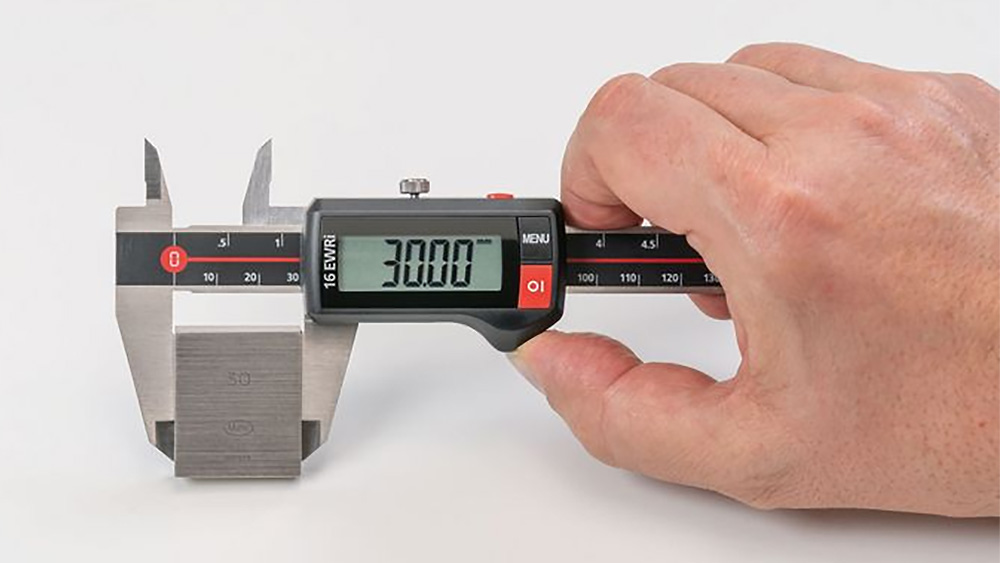Digital calipers are one of the most common hand tools used on the shop floor. In a manufacturing plant, under a quality control system, these tools must be checked and calibrated regularly.
|
ADVERTISEMENT |
Past articles have discussed the pros and cons of doing gauge calibrations internally or by an external calibration facility. Both have their cost and advantages/disadvantages. However, calipers are measuring instruments with fairly loose performance tolerances and might be a candidate for doing in-house calibrations if you have the tools and facilities in place.
The following information covers digital calipers but can also be used for dial or even Vernier calipers (if those are still in use). Because most calipers have more than outside diameter (OD) jaws, we can also check the tool’s inside diameter (ID) jaws and depth-measuring rod, should it have one. Running through a calibration process for a caliper involves comparing its readings to numerous standards over its measuring range, the most common being 6 in./150 mm. However, with the right standards, any length of caliper can be checked.
…

Add new comment